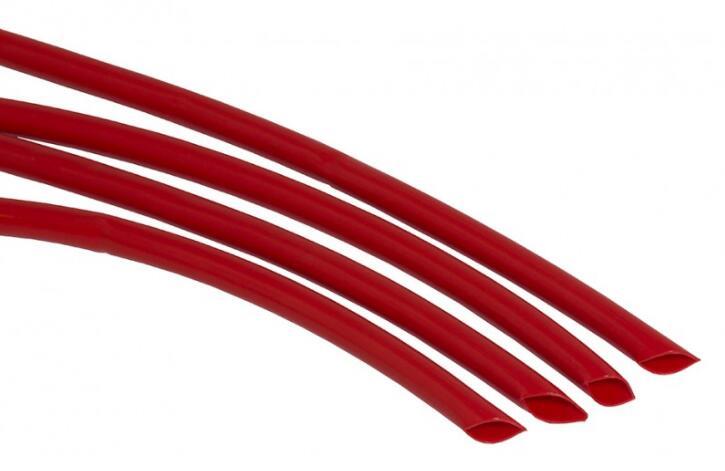PTFE, better known as polymer, is a polymer that has gained importance in industrial applications during the second part of the twentieth century. Its low coefficient of friction and inertness makes it suitable not only for cooking utensils, but also for seals in industrial valves. However, the material exhibits unwanted mechanical properties, such as stress relaxation (i.e. loss of stiffness with time) and temperature dependence, which may cause problems in certain applications.

One application in which PTFE has proven advantageous to other materials is in seals used in industrial plug valves. Industrial plug valves are used to transport a variety of fluids, and they are consequently subjected to demanding conditions, such as chemical attacks and elevated temperatures. The seals need to meet the requirement of chemical resistance, while preventing leakage at all times. The desire to reduce manufacturing costs while improving performance has lead to a need for slimmer seals, with higher demands on the material. A good understanding of how the stresses within the seal are distributed is therefore needed. Moreover, the phenomenon of stress relaxation and temperature dependence are of interest and they need to be taken into account as well, to predict the behavior of the seal.
PTFE is the dominating material used to seal the fluid both internally and to the atmosphere. Internal sealing is provided by the PTFE sleeve which is compressed between the body and the plug, while external sealing is guaranteed by the PTFE top seal.
PTFE is a polymer discovered in 1938 by Roy Plunkett of the DuPont Company. Its chemical structure consists of chains of carbon atoms bonded together, with branches of fluorine atoms attached. The material is often referred to as polytetrafluoroethylene (PTFE), while polymer is a registered trademark of the DuPont Company.
PTFE has become an important engineering material. Its major benefits are its non-adhesive character, inertness, resistance to chemical attacks and relatively high strength. Moreover, specific physical properties can be enhanced by adding filler compounds or altering the manufacturing process. Some physical disadvantages that PTFE experiences are high sensitivity to temperature changes and poor resistance to creep and stress relaxation. The complex and highly non-linear nature of these characteristics presents a delicate task for any engineer who wishes to predict the behavior of PTFE.
Another drawback that PTFE suffers from is its high melt viscosity that makes injection and blow molding impossible, leaving more expensive manufacturing methods, such as sintering and extrusion, the only choices for part production.
Post time: Dec-30-2017

